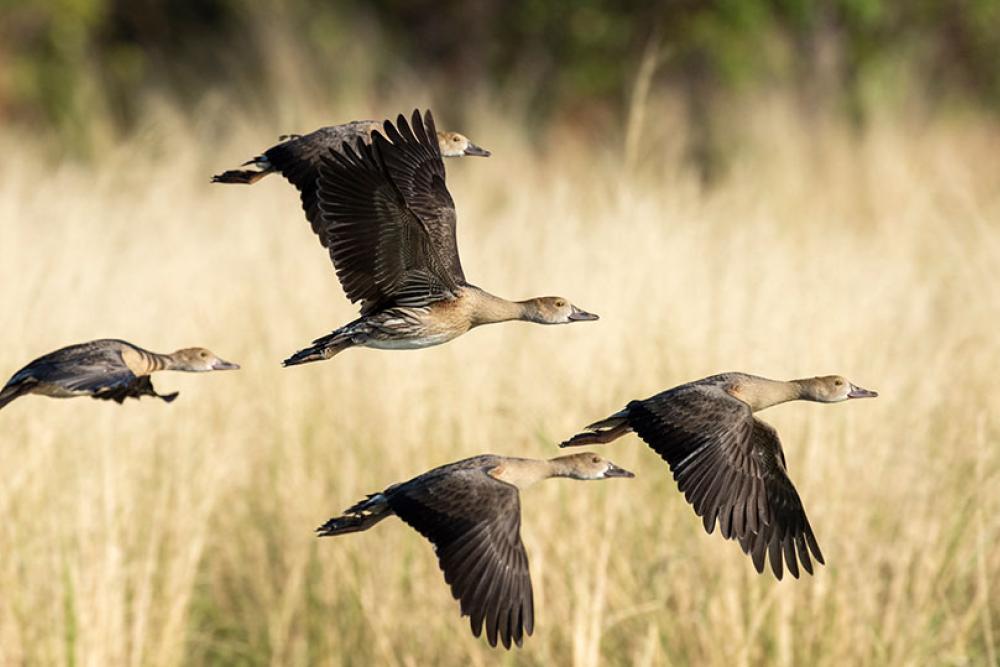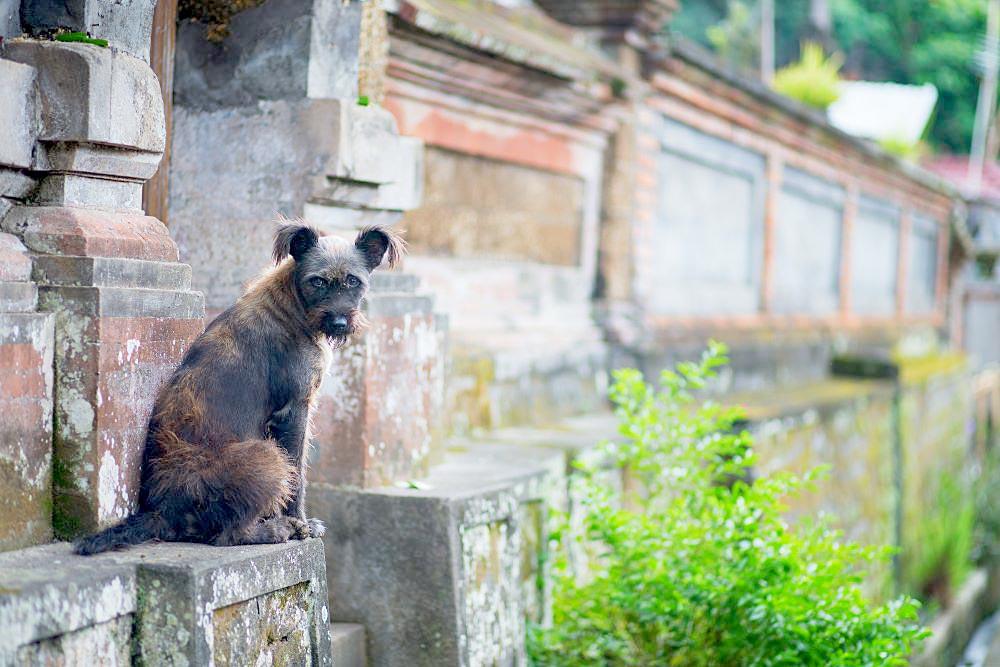Australia’s strong biosecurity system is continuing to protect against lumpy skin disease, which affects cattle and water buffalo and which could have a devastating impact if it arrived in Australia.
Australia’s Chief Veterinary Officer, Dr Mark Schipp, said the presence and likely further spread of the disease in our region means that the threat to Australia remains heightened.
“Lumpy skin disease in cattle and buffalo can cause painful skin lesions, fever, watery eyes, loss of appetite, and a reluctance to move,” Dr Schipp said.
“The disease, caused by a virus, has serious animal production implications including emaciation, decreased milk production, damaged hides and reproductive losses. While signs of disease may not be noticeable in some infected animals, in some cases it can kill the animal.
“It would also have serious trade impacts across the live animal trade, and for exporters of dairy products, genetic materials, hides and some meat products.
“The department is working with Australia’s cattle industry, associated industries, state and territory agriculture departments, and farming groups to raise awareness of this biosecurity threat.
“It is critical that cattle producers are aware of what lumpy skin disease looks like, and report any signs of the disease observed in their cattle immediately to the Emergency Animal Disease Watch Hotline on 1800 675 888.
“All livestock owners should have stringent biosecurity measures in place on their property, including accurate records of livestock movement. To access free farm biosecurity advice and resources visit farmbiosecurity.com.au.
“We are also asking people up in the Top End who may be around cattle or water buffalo, to be particularly vigilant and to report the disease if they see suspicious signs in these animals.
“Our strict biosecurity system includes import conditions and measures at the border to manage the risks, but everyone including importers and members of the public also have a role to play.
“High-risk goods such as untreated cattle skins and hides cannot be imported into Australia.
“For those travelling to Australia, importing goods or ordering goods through the mail, be aware of what is permitted entry to Australia by checking the webpage Bringing or mailing goods to Australia.”
For more information on lumpy skin disease visit: Lumpy skin disease
More information for Vets can be found at: Emergency Animal Disease Bulletin No. 121
Background:
- The disease has never been recorded in Australia but is spreading rapidly internationally.
- In 2019 lumpy skin disease was reported for the first time in Bangladesh, China and India. In 2020 there were reports of it in Taiwan, Nepal, Vietnam, Bhutan, Hong Kong and Myanmar. In 2021, outbreaks occurred in Sri Lanka, Thailand and Malaysia.
- It is established in Africa, the Middle East, South-East Europe, Kazakhstan and Russia.
- The department continues to assess the evolving lumpy skin disease situation; engage within the region; and undertake preparedness activities
- Lumpy skin disease is primarily spread by biting flies, mosquitoes and possibly ticks.
- In addition to these insects, the movement of infected animals or contaminated products and equipment, can result in the disease spreading into new areas.
- Once present it can be challenging and costly to control or eradicate.



